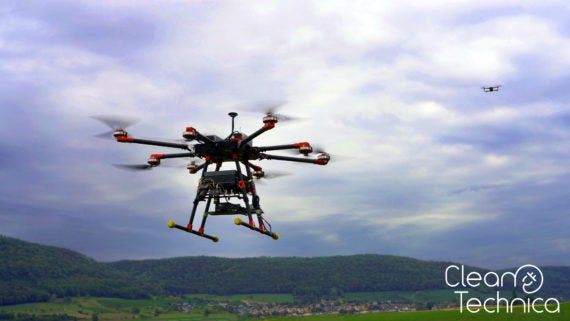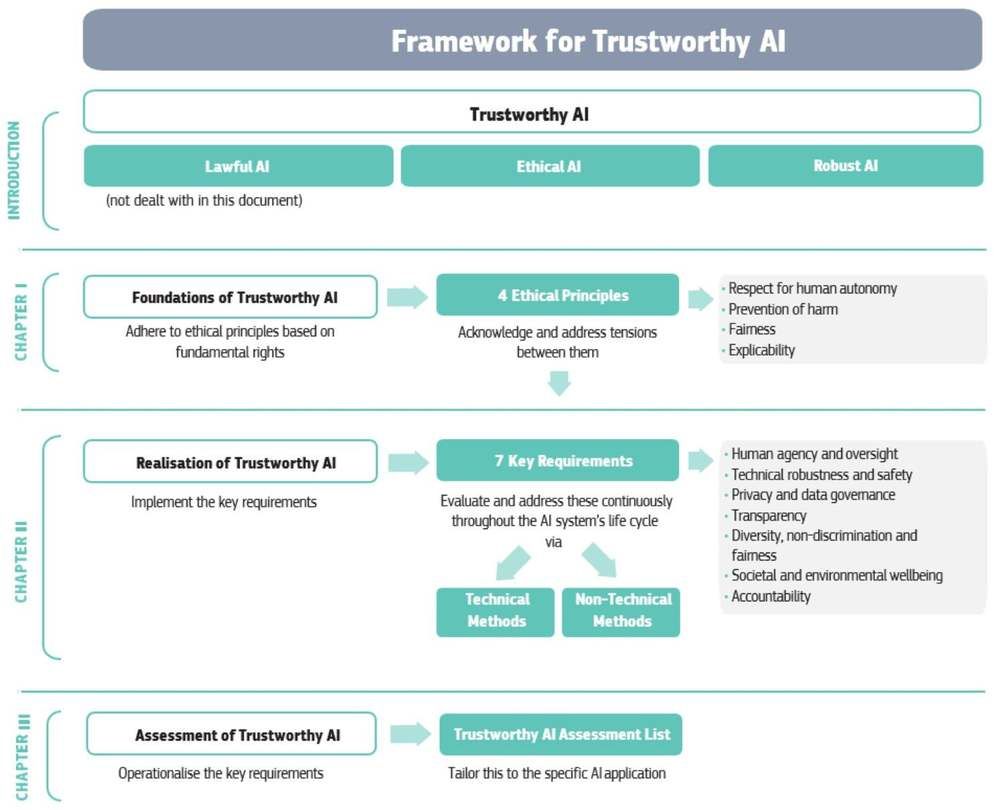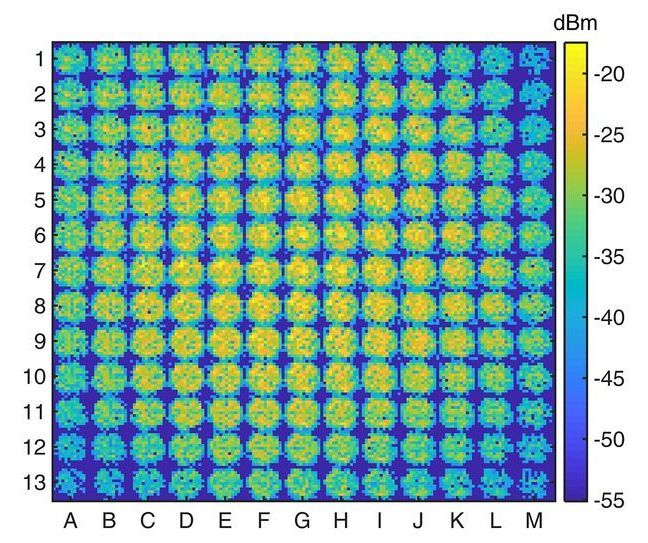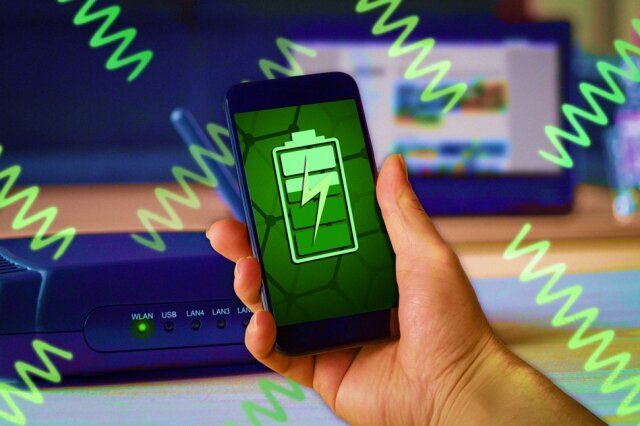Apr 5, 2020
Europe Gets One Step Closer To AI-Piloted Drones & eVTOL Aircraft
Posted by Genevieve Klien in categories: drones, mobile phones, robotics/AI
The biggest change worldwide in the last decade was probably the smartphone revolution, but overall, cities themselves still look pretty much the same. In the decade ahead, cities will change a lot more. Most of our regular readers probably think I am referring to how autonomous vehicles networks will start taking over and how owning a car will start to become closer to owning a horse. However, the real answer isn’t just the autonomous vehicles on the roads — they will likely also compete with autonomous eVTOL aircraft carrying people between hubs.
Today, the European Union is moving one step closer to making this second part a reality. Together with Daedalean, an autonomous flight company we have covered in the past, EASA published a new joint report covering “The Learning Assurance for Neural Networks.”


















